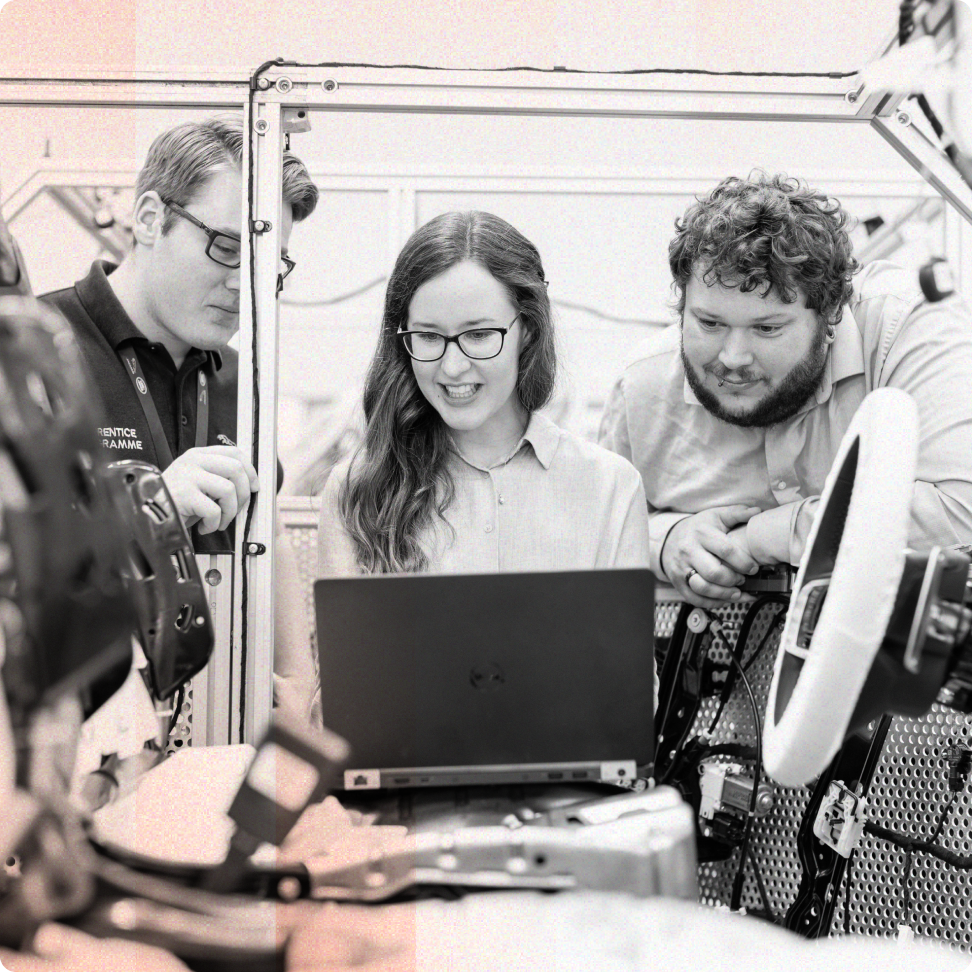Engineering firms are prime candidates to qualify for R&D tax credits, as many of their employee’s job duties often meet the criteria for R&D. R&D tax credits are dollar-for-dollar tax benefits meant to encourage innovation. Activities must meet each aspect of the IRS’ four-part test to count as R&D: new or improved software and processes, technological in nature, elimination of uncertainty, and use of a method of experimentation. Here are five activities that can help your firm qualify.
Develop sustainable designs
Designing products to be more sustainable meets all four of the IRS requirements. Creating greener products will likely result in improved efficiency, less pollution, and reduced costs. Improving a business component with the sole intent of making it more environmentally friendly is considered a qualifying research activity (QRA).
Evaluate and decide on new materials
Materials engineering is one of the most likely activities to qualify as R&D. Materials engineers are responsible for developing new materials for products and testing their effectiveness. The experimental nature and uncertainty make material engineers’ day-to-day tasks a priority to document.
Computer-aided design (CAD) modeling to improve quality, efficiency, safety
R&D employees at engineering firms often use CAD to draft new designs to improve a product or service’s quality, efficiency, and safety. CAD involves testing multiple design ideas and enables staff to make adjustments quickly, allowing them to experiment with more drafts and making the process more efficient.
Create prototypes, blueprints, and diagrams
When companies develop new products, they will likely create prototypes, blueprints, and designs beforehand. These documents are a crucial part of an R&D tax credit claim, as they document the uncertainty and trial and error of developing a new product.
Determining alternative structural designs
Engineers will likely have to develop alternate structural designs when trying to improve a business component. For example, engineers will have to test structural elements, determine proper materials and energy efficiency when designing new buildings.
Even though engineering firms often perform multiple QRAs, relatively few claim R&D tax credits. As a result, companies with engineering activity miss the opportunity to claim tax savings that can save them money.
The process for engineering firms to qualify for R&D tax credits can be daunting. MainStreet helps businesses claim all the credits they are eligible for. Contact us to start saving more money.
